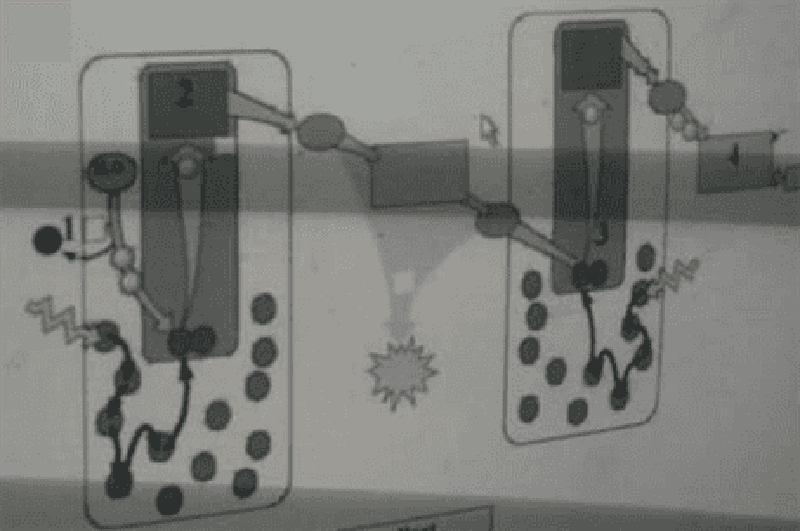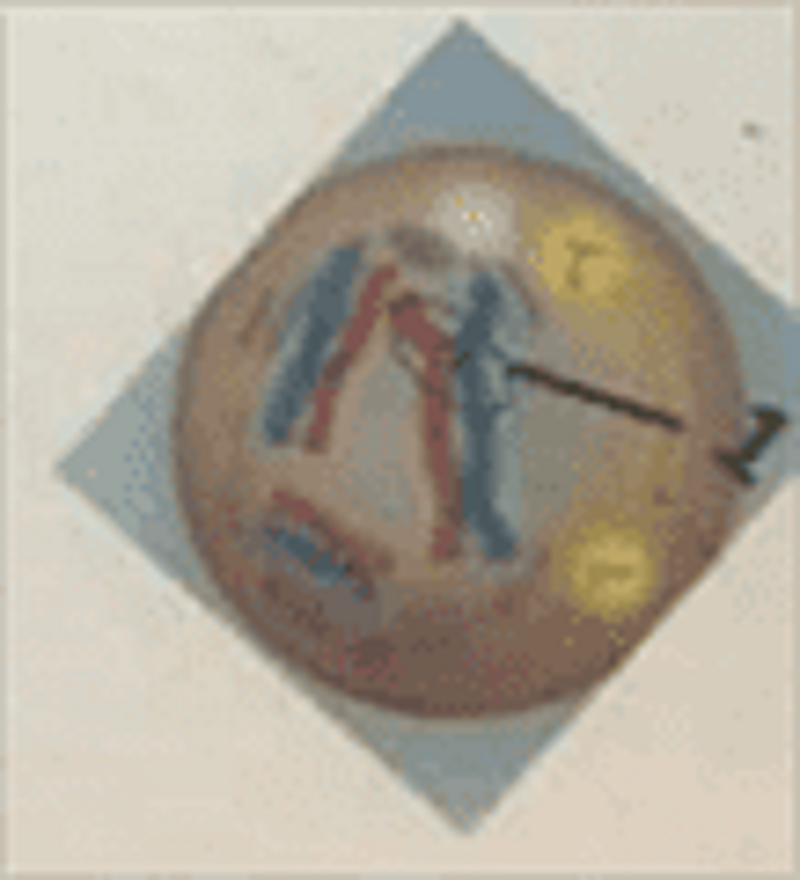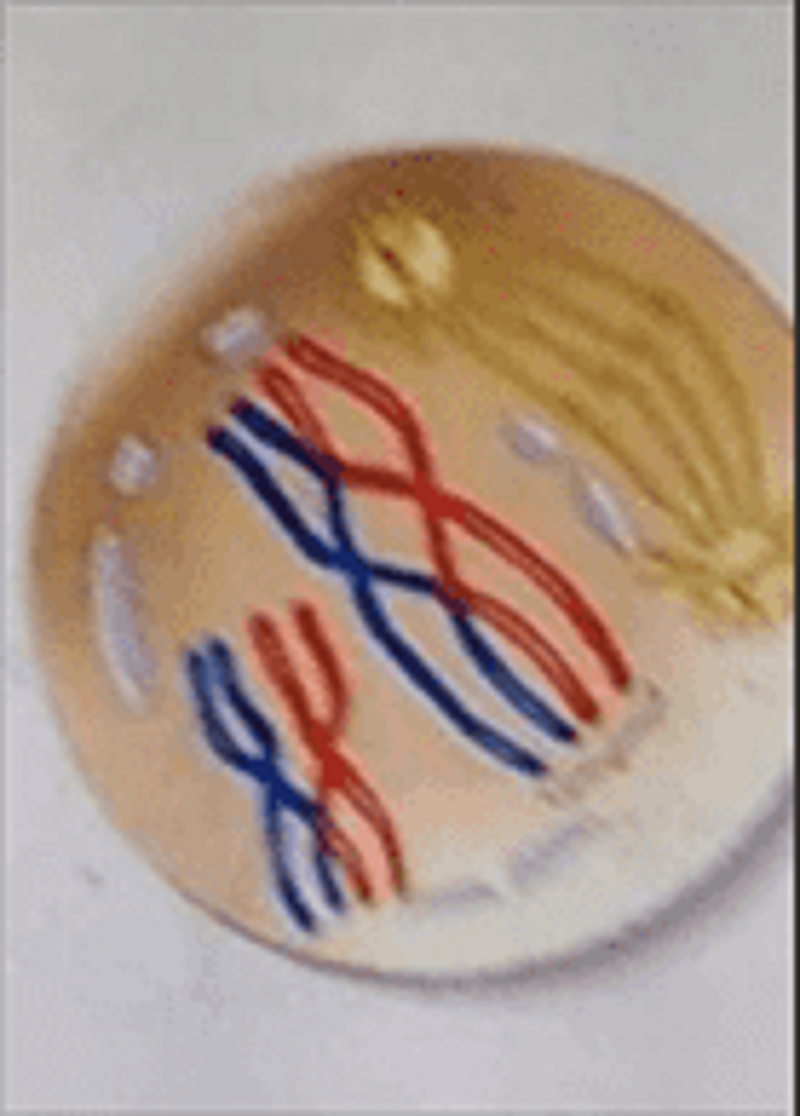Biology Final Exam

Photosynthesis and Cell Biology Quiz
Test your knowledge of key concepts in photosynthesis and cell biology with our comprehensive quiz! Covering a range of topics, this quiz is perfect for students looking to validate their understanding of essential biological processes.
Topics covered include:
- Photosynthesis Mechanisms
- Cellular Processes
- Genetic Code and Reproduction
- Enzymatic Fun
ctions
What is the primary function of the light reaction of photosynthesis?
To produce energy rich glucose from carbon dioxide and water
To produce ATP and NADPH
To produce NADPH used in resperation
To use ATP to make glucose
The enzyme that fixes carbon dioxide is called
Oxygenase ribulose bisphosphate carboxylase
Glyceraldehyde-3-phospate(G3P)
PEP carboxylase (PEPcase)
Lactate dehydrogenase
High-energy photons
Have long wavelengths
Have short wavelengths
Are more likely to produce red light then blue light
Cannot be absorbed
RuBP carboxylase- oxygenase (Rubisco) present in chloroplast
True
False
Nucleosides are same as nucleotides
False
True
Photosynthesis involves two sets of reactions known as the light reactions and the Calvin cycle
True
False
Which term most precisely describes the cellular process of breaking down large molecules into smaller ones?
Catalysis
Metabolism
Anabolism
Catabolism
Where does the Calvin cycle take place
Stroma of the chloroplast
Thylakoid membrane
Cytoplasm surrounding the chloroplast
Chlorophyll molecule
When a cell is placed in a hypertonic solution water leaves the cell toward the area of higher solute concentration
True
False
If a DNA sample contains 10 % adenine what is the percentage of cytosine in the sample
10%
40%
20%
80%
Consider a polysaccharide consisting of 828 glucose molecules the total hydrolysis of the polysaccharide would result in the production of
827 water molecules
828 glucose molecules and no water molecules
827 glucose molecules and 827 water molecules
828 glucose molecules and 828 water molecules
Interphase
Is the same as prophase..metaphase...anaphase ...and telophase
Is composed of ..G1 . S. and G2 stages
Is the majority of the cell cycle
Both B & C are correct
The nitrogenous base adenine is found in all members of which of the following groups
Proteins , carbohydrates , and ATP
ATP, RNA, and gene
Glycerol, glucose, and DNA
Fat, ATP, and proteins
In animals, somatic cells are produced by mitosis and .............. Are produced by meiosis
Gametes
Clones
Zygotes
Diploid cells
What is a karyotype
An uncontrolled cell division
A segment of DNA that controls the production of a portein
An arrangement of every pair of homologous chromosomes within a cell organised according to size and shape
A system of classifying cell nuclei
The centromere is a region in which
Chromatids are attached much closely to one another
Spindle microtubules are organized from
Chromosomes are grouped during telophase
New spindle microtubules form
An exchange of segments of DNA between chromatids occurs during mitosis
True
False
DNA polymerase III catalyzes the elongation of a DNA strand in the 3" -- 5" direction
True
False
In the genetic code there are three start signals and one stop signal
True
False
After telophase I of meiosis , what is the chromosomal makeup of each daughter cell?
Diploid, and the chromosomes are composed of two chromatids
Haploid, and the chromosomes are composed of two chromatids
Diploid. And the chromosomes are composed of single chromatid
Haploid,and the chromosomes are composed of single chromatid
Codons
Are triplets coding for a single amino acid
Are the alphabet of the genetic language
Each have only one meaning
All correct
In humans the ovum (egg cell) has 23 chromosomes : 22 autosomes and one x or y chromosomes
True
False
During DNA replication , this enzyme ............., catalyzes the elongation of new DNA by adding nucleotides to the 3' end of the previous nucleotide
Helicase
DNA polymerase III
DNA ligase
ATP synthase

At what part of the cell cycle would you see a chromosome that looks like this?
Metaphase
S phase
Telophase
Anaphase
Cells that do a lot of active transport have many ...........
Mitochondria
Nuclei
Chloroplasts
Plasmids
Mitosis is made from two divisions
True
False
In the double helix structure of nucleic acids . Cytosine hydrogen bonds to guanine
False
True
The regeneration of ATP from ADP and phosphate is an endergonic
False
True
Organisms that can exist with light as an energy source and an inorganic form of carbon and other raw materials
Are called photoautotrophs
Are called heterotrophs
Are best classified as decomposesrs
Do not exist in nature
..................produces gametes and reduces of chromosomes by half
Mitosis
Interphase
Cytokineses
Meiosis
Electrons of chlorophyll molecule in the reaction center become excited . Escape and move to a nearby electron acceptor molecule
True
False

The chlorophyll a at the reaction center labelled as 3 is most effectively absorbs light of wavelength.........
700nm
680
750nm
450nm
Chromosomes become attached to the spindle at prometaphase of mitosis
True
False
The main photosynthetic pigment is chlorophyll (a) which has an olive green( yellow green) color
True
False
Complementary nitrogenous bases in the DNA molecule are covalently bonded to each other
True
False
Which stage is most associated with a cell is unable to divide again , such as a muscle or a nerve cell
M phase
G1 phase
G2 phase
G0 phase
What is the function of topoisomerase ?
Covalently adding nucleotides to the new stands
Stabilizing single-strand DNA at the replication fork
Unwinding of the double helix
Relieving overwinding in the DNA ahead of the replication fork
A DNA-cutting enzyme in the repair of damge to DNA
Helicase
Nuclease
Ligase
DNA polumerase
Primase
If the sequence of bases in DNA is TAGC , then the sequence of bases in RNA will be
ATCG
AUCG
UAGC
Two answers are correct

In the figure below .number 1 represents
Homologous chromosomes
Chiasma
Sister chromatid
Centromere
On earth . Plants are the only producers of food
True
False
Why the absorption spectrum for chlorophyll a and the action spectrum for photosynthesis are different?
Other pigments absorb light in addition to chlorophyll a
Green and yellow wavelength inhibit the absorption of red and blue wavelengths
Aerobic bacteria take up oxygen which changes the measurement of the rate of photosynthesis f
Bright sunlight destroys photosynthetic pigments
During light reaction of photosynthesis . The enzyme used in reducing NADPH is NADPH reductase
True
False
Sister chromatids separate in
Prophase I
Meiosis I
Interphase
Meiosis II
The leading and the lagging strands differ in that the leading strand is synthesized continuously , whereas the lagging strand is symtthesized in short fragments that are joined together
True
False
Helicase removes the RNA nucleotides from the primer and adds DNA nucleotides to the 3' end of okazaki fragments
True
False
In the Watson and Crick model of DNA , the "steps" of the ladder are composed of
Sugars
A purine and a pyrimidine
Two purines
A sugar and a phosphate molecule
a plant has a unique photosynthetic pigment . The leaves of this plant appear to be reddish yellow .what wavelength of visible light are not being absorbed by this pigment ?
Red and yellow
Blue and violet
Green and yellow
Green. blue. And violet
More hydrogen ions are found within the thylakoid space then in the stroma
True
False
Cells that do not have cell walls are
Animal cells
Plant cells
Fungai cells
Prokaryotic cells
Nucleotides contain all of the following expect
A phosphate group
A 5-carbon sugar
A nitrogen base
Proteins

If the cell whose nuclear material is shown in the above figure continues toward completion of mitosis, which of the following events would occur next?
Spindle fiber formation
Nuclear envelope breakdown
Formation of telophase nuclei
Synthesis of chromatids
Meiosis is a process by which
DNA is replicates
Cells grow in size
Cytokineses occurs
a cell's nucleus divides
Okazaki fragments are characteristic of DNA replication of the
Leading
Lagging
RNA
ALL answers are correct
The strands that make up DNA are antiparallel .this means that
One strand is positively charged and the other is negatively charged
The twisting nature of DNA creates nonparallel strands
One strand contains only purines and the other contains only pyrimidines
The 5' to 3' direction of one strand runs opposite to 5' to 3' direction of the other strand
Multiple sites of replication are present on each chromosome in Eukaryotic cells
True
False
Which of the following terms related to synapsis and chiasmata
Haploid
Crossing over
Autosomes
Fertilization
After G2 phase of the cell cycle, the plant cell has a pair of centrosomes each with pair of centrioles
True
False

This figure represents
A plant cell at prophase II
A plant cell at prophase I
An animal cell at prophase II
An animal cell at prophase I
Which stage of the cell cycle is cell growth and replication of the organelles
M phase
G1 phase
G2 phase
S phase
Which term is correct about methyl group
Polar
Water soluble
Hydrophobic
Hydrophilic
What is the net gain in the calvin cycle ?
Glycerol
G3P (glyceraldehyde 3- phosphate)
RuBP (ribulose biphosphate)
Glucose
{"name":"Biology Final Exam", "url":"https://www.quiz-maker.com/QPREVIEW","txt":"Test your knowledge of key concepts in photosynthesis and cell biology with our comprehensive quiz! Covering a range of topics, this quiz is perfect for students looking to validate their understanding of essential biological processes.Topics covered include:Photosynthesis MechanismsCellular ProcessesGenetic Code and ReproductionEnzymatic Functions","img":"https:/images/course5.png"}
More Quizzes
Bio Lecture: Test 1
402022
Practice quiz
1589
Ellen DeGeneres
1059
Orientation Test Review #2
10533
Recovery Trivia - Test Your Addiction IQ
201045373
Fire Code of the Philippines: Master R.A. 9514 Rules
201072197
Ace Your Arkansas Learners Permit Practice Test Now
201061727
Test Your Adrien Brody Trivia: Movies, Oscars & Family
201031735
Test Your AFI 11-401 Know-How: Aviation Resource!
201025207
Broadband Internet Connection - Can You Ace It?
201031735
Free DC DMV Learners Practice Test: Ace Your Permit!
201043658
Crush Your PTA Exam Practice Test: Free Scored Law
201040631